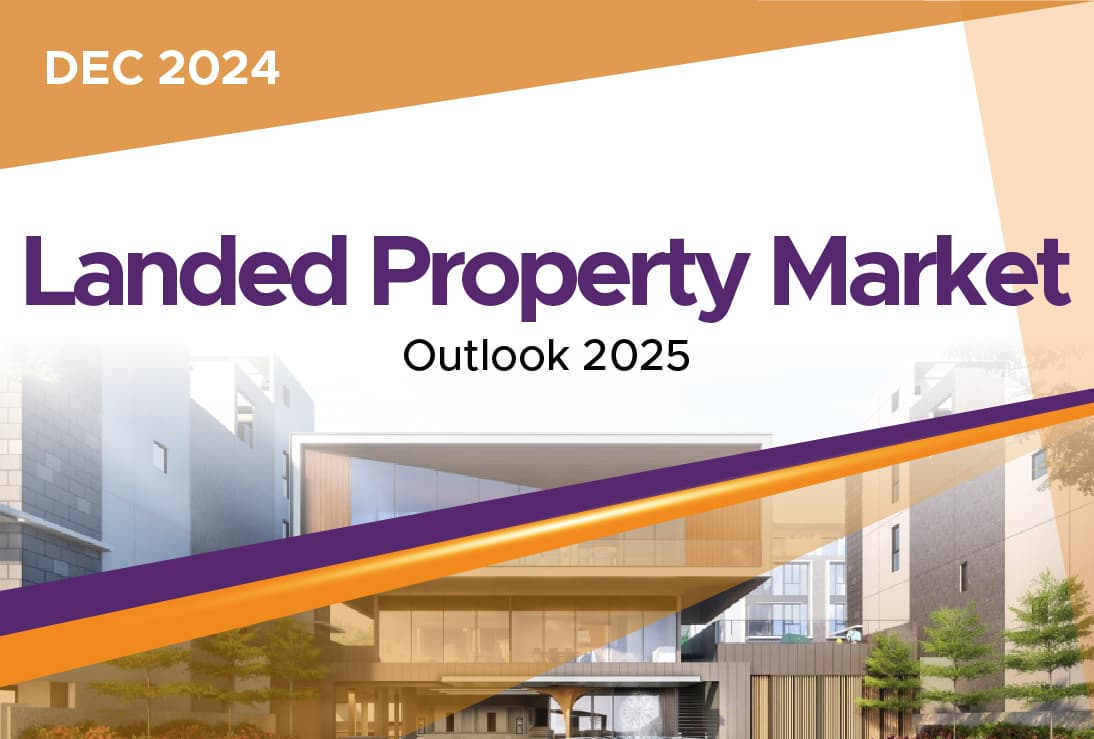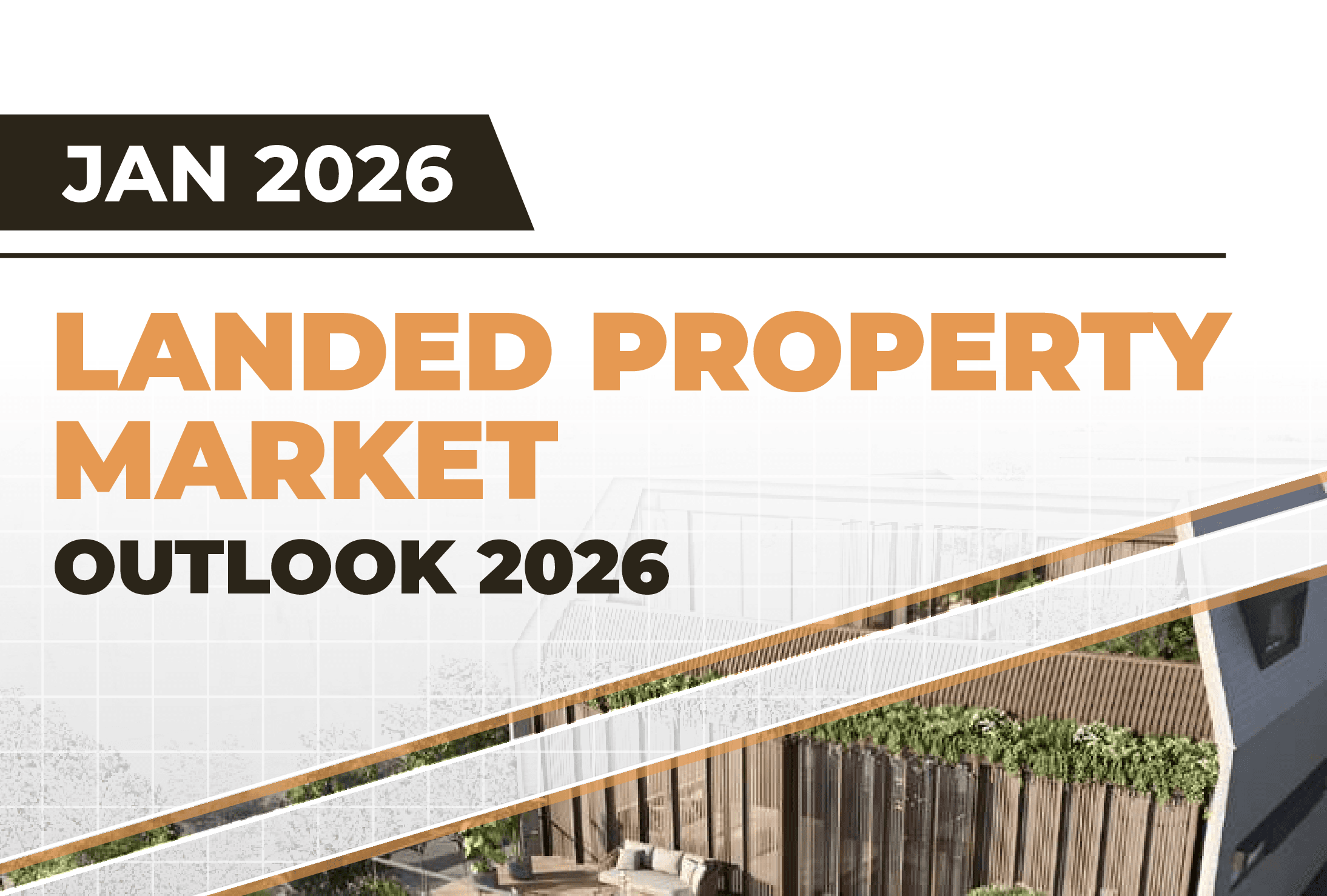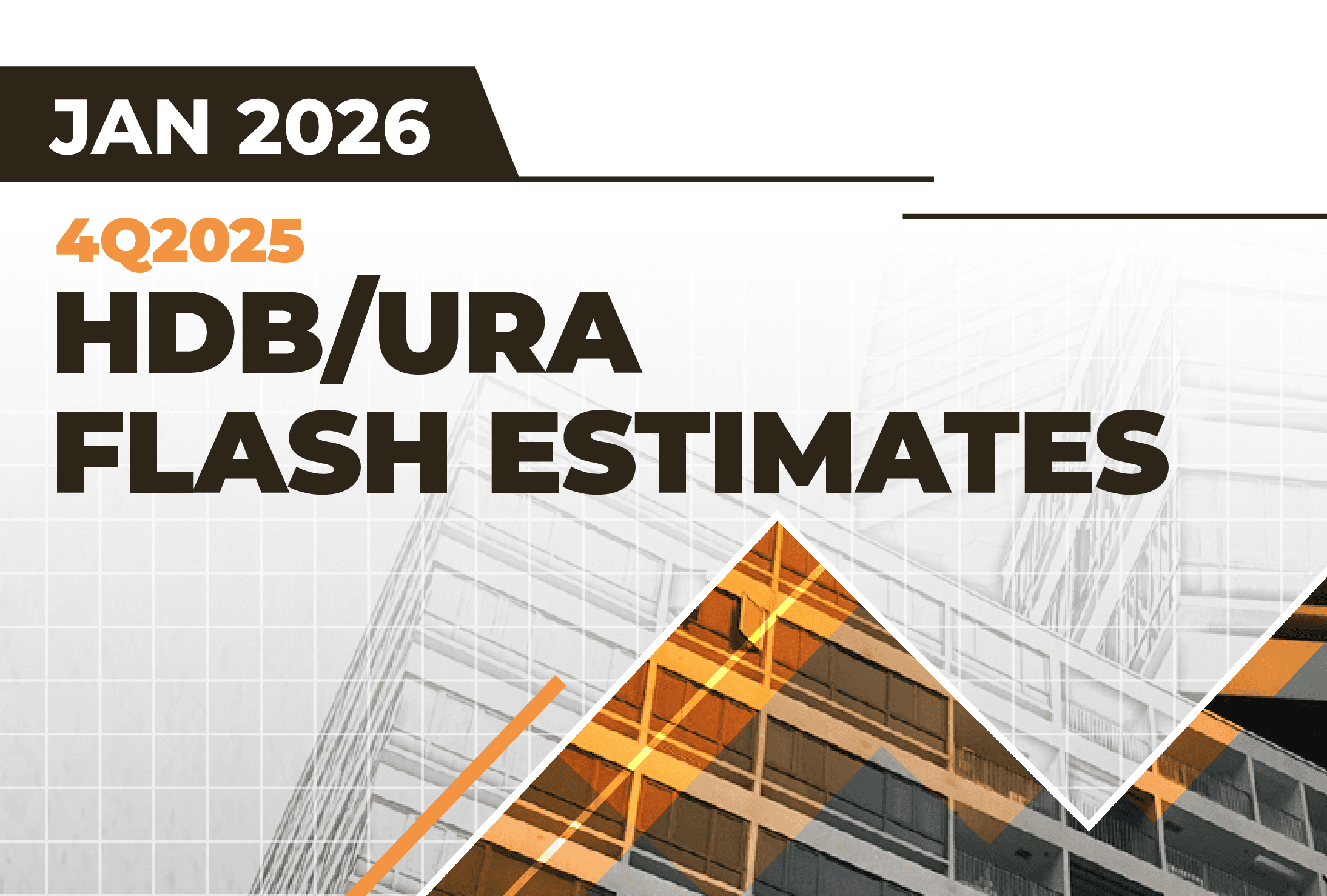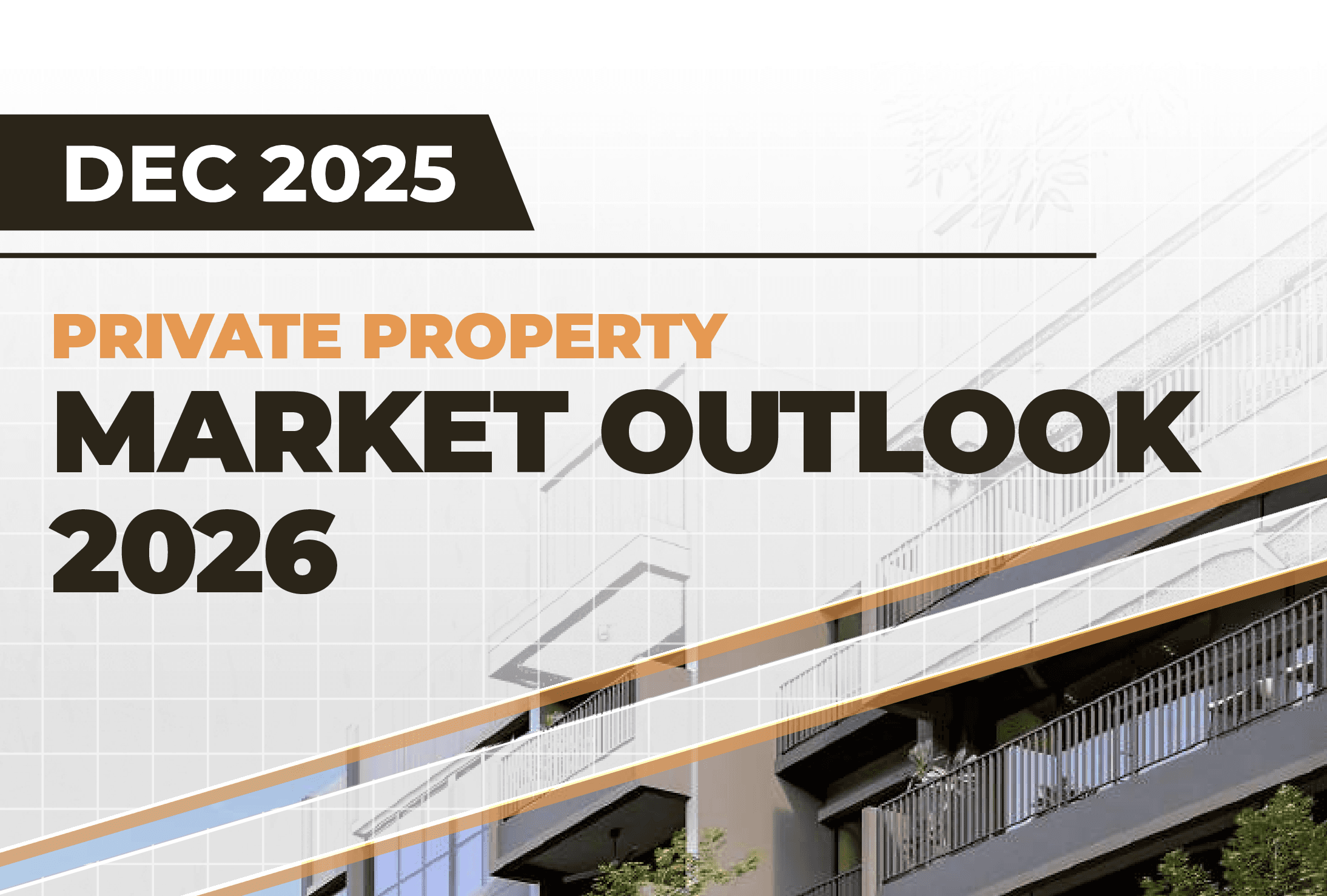The landed property market in Singapore has displayed resilience and robust growth in 2024, setting a strong foundation for continued performance in 2025. In the first 11 months of 2024, 1,733 landed units were sold, surpassing 2023’s total of 1,516 units, with transaction values increasing by 10.5% to $9.17 billion. This growth reflects buyer confidence and sustained demand, driven by the exclusivity and scarcity of landed properties in land-scarce Singapore.
Price trends reveal a stabilization in the landed property price index, which grew by 1.0% over the first nine months of 2024 compared to 3.2% in the same period in 2023. Median unit prices have also displayed steady growth across all segments. Notably, prices for Good Class Bungalows (GCBs) remained buoyant, with high-value transactions exceeding $20 million. The GCB market recorded 21 caveated transactions, up from 18 in 2023, emphasizing the segment's appeal among ultra-high-net-worth individuals (UHNWIs). District 10 remained a cornerstone for GCBs, supported by Singapore’s political stability and economic strength.
District 19 emerged as the most sought-after area for landed homes, recording 309 transactions due to its mix of established enclaves and proximity to amenities. Other popular districts include Districts 15 and 28, which offer coastal lifestyles and suburban tranquility. The diversity of demand highlights the appeal of landed housing across various buyer segments.
Private homeowners played a pivotal role in 2024, with transactions by this group rising 23.1% year-on-year, driven by capital appreciation in non-landed properties and the aspiration to upgrade. The landed segment's strong fundamentals and exclusivity make it a preferred choice for wealth preservation.
Outlook for 2025 remains optimistic, supported by sustained demand from private homeowners and UHNWIs. Key drivers include steady transaction volumes, stable price growth, and high-value activity in the GCB segment. Stabilization in price growth is expected to continue, fostering a balanced market environment. Districts such as 10, 15, and 19 are likely to remain hotspots due to their desirability and limited supply.
The landed market’s resilience is further reinforced by off-market transactions in the GCB segment, which cater to buyers’ preference for privacy. Despite challenges like inflationary pressures and high interest rates, the market's appeal as a secure asset class is undiminished.
In summary, the landed property market is poised for continued growth in 2025. Limited supply, strong fundamentals, and consistent demand from affluent buyers position the segment as a cornerstone of Singapore’s real estate landscape. The landed property market’s ability to attract well-capitalized buyers highlights its status as a resilient and prestigious segment, ensuring it remains a key component of Singapore’s property market in the years ahead.
Click here for the full report
Prepared By:
Mohan Sandrasegeran
Head of Research & Data Analytics
Email: mohan@sri.com.sg




